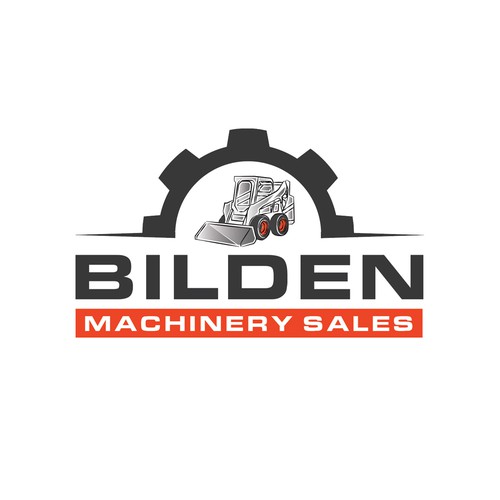A soya milk machine is designed to produce soy milk from soybeans. This machine automates the process of soaking, grinding, cooking, and filtering, making it easier to create fresh soy milk at home or in commercial settings. Here’s an overview of its features, types, and applications:

Key Features
Soaking and Grinding:
- The machine typically includes a soaking compartment where soybeans can be soaked before grinding.
- It has a grinding mechanism that pulverizes soaked soybeans into a fine paste.
Cooking Function:
- Many machines come with a built-in cooking feature that heats the soybean mixture, ensuring that the milk is safe to consume and enhancing its flavor.
Filtration:
- The machine often includes a filtration system to separate the soy milk from the soy pulp (okara), producing a smooth final product.
Control Panel:
- User-friendly controls allow for easy operation, including options to adjust the thickness of the milk and the cooking time.
Capacity:
- Available in various sizes, from small home-use models to larger commercial units capable of producing significant quantities.
Types of Soya Milk Machines
Home-Use Models:
- Compact and designed for personal use, often with multiple functions for making other plant-based milks.
Commercial Machines:
- Larger, industrial-grade machines designed for high-volume production, often used by cafes, restaurants, and manufacturers.
Multi-Functional Machines:
- Some models can also make tofu, nut milk, or other plant-based products, providing versatility in the kitchen.
Applications
- Home Cooking: Ideal for individuals who want to make fresh soy milk for personal consumption.
- Food Industry: Used in cafes, restaurants, and food production companies to supply fresh soy milk or as an ingredient in various dishes.
Advantages
- Freshness: Producing soy milk at home ensures a fresh product without preservatives or additives.
- Nutritional Control: Users can control the ingredients, making it possible to create customized flavors or fortify the milk with additional nutrients.
- Cost-Effective: Over time, making soy milk at home can be more economical than purchasing pre-packaged soy milk.
Maintenance
To ensure optimal performance, regular maintenance is necessary, which may include:
- Cleaning the grinding and cooking components after each use to prevent residue buildup.
- Inspecting seals and filters for wear.
- Regularly checking electrical components for safety.





